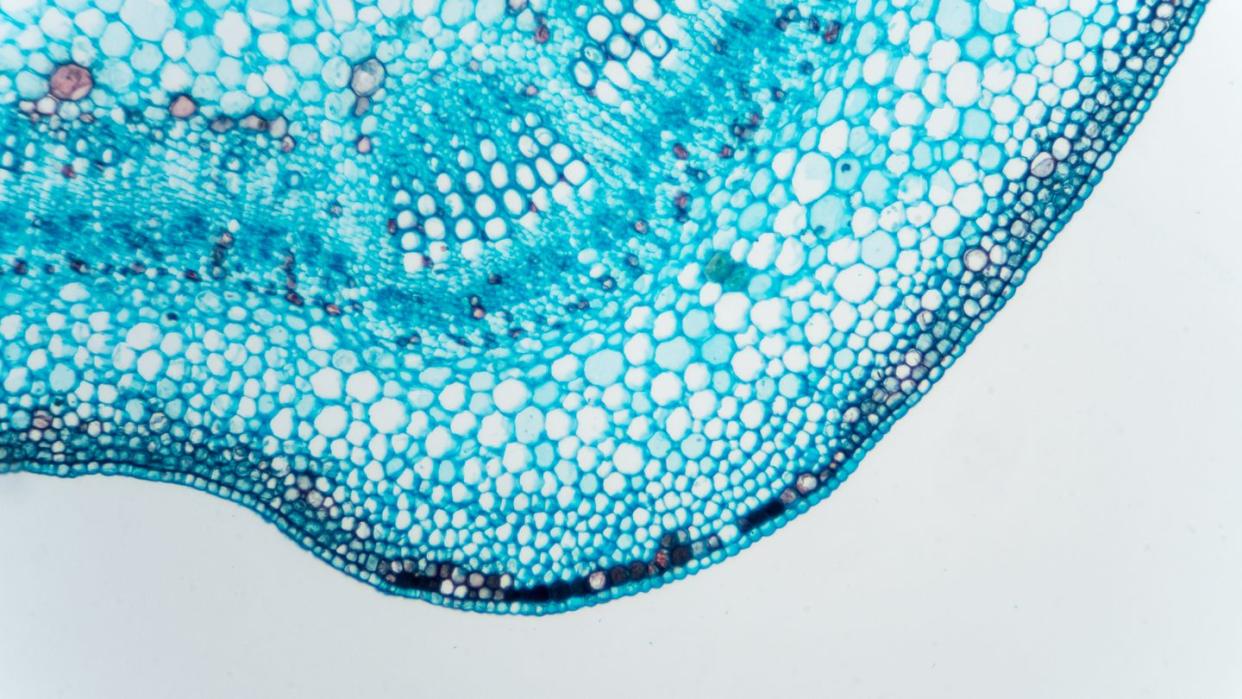Scientists Figured Out How to Erase a Cell's Memory and Turn It Into a Stem Cell

"Hearst Magazines and Yahoo may earn commission or revenue on some items through these links."
For decades, scientists have been able to create stems cells—known as induced pluripotent stem (iPS) cells—from somatic cells, such as those found in our skin.
However, these iPS cells still retain ghosts of their cellular pasts, which makes them less effective as a therapeutic tool.
A new study, using a method called transient-naïve-treatment (TNT) mimics the normal reprogramming process in early embryonic development to essentially wipe a cell’s memory, making these cells more similar to embryonic stem (ES) cells both molecularly and functionally.
Stem cells are the raw materials of the human body—they’re the original cells from which almost all other cells with specialized functions originate. So, the ability to use these cells in therapeutic treatments is immensely important. So important, in fact, that over the past couple of decades, scientists have devised ways to reprogram non-reproductive cells, also known as somatic cells, into embryonic stem (ES) cells known as induced pluripotent stem (iPS) cells.
This process is central to the field of regenerative medicine, which replaces diseased cells with healthy ones derived from these iPS cells. But there was just one problem—these reprogrammed cells retained ghosts of their past lives, making these treatments less effective than they otherwise could be.
“A persistent problem with the conventional reprograming process is that iPS cells can retain an epigenetic memory of their original somatic state, as well as other epigenetic abnormalities,” Ryan Lister, from the Harry Perkins Institute of Medical Research and The University of Western Australia, said in a press statement. “This can create functional differences between the iPS cells and the ES cells they’re supposed to imitate, and specialized cells subsequently derived from them, which limits their use.”
Lister, along with Jose M. Polo from Monash University and the University of Adelaide, successfully erased this lingering memory using a new technique called transient-naïve-treatment (TNT). The results of the study were published this week in the journal Nature.
TNT essentially mimics the natural process a cell experiences when its epigenome is reset in very early embryonic development. The team initially studied how a somatic cell epigenome transformed during the reprogramming process and figured out the exact moment aberrations emerged. Using this information, the scientists introduced a new reset step—one that avoided these aberrations while also erasing a cell’s memory. The results were iPS cells that were much closer molecularly and functionally to ES cells than ones artificially produced through conventional means.
“We foresee TNT reprogramming becoming a new standard for biomedical and therapeutic applications and providing a novel system for studying epigenetic memory,” the scientists conclude in the paper.
Looks like one of medicine’s greatest therapeutic tools just got a major upgrade.
You Might Also Like
